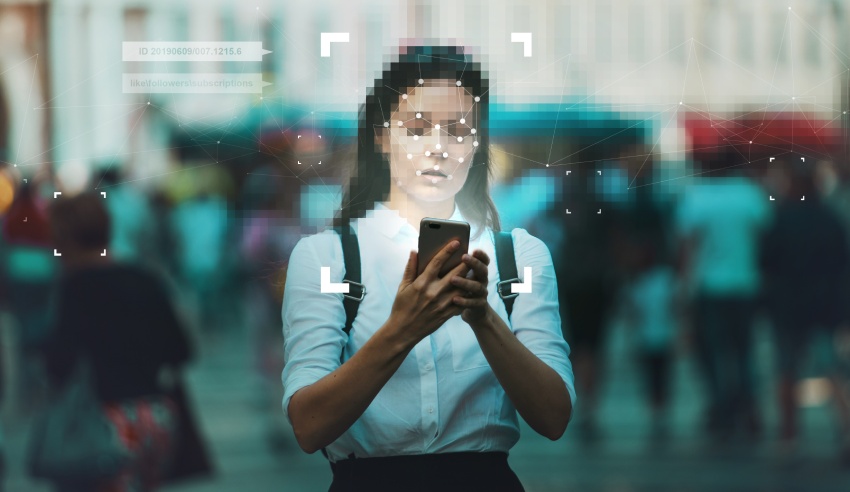Facial recognition technology has been slowly rolled out across Australia for the purpose of public safety; however, the lack of regulations and laws behind the matter raises concerns about whether this surveillance technology will be used responsibly and ethically.

The Law Society of South Australia president Justin Stewart-Rattray recently posted about the issue on the society’s website, stating that legal protections must come into play before widespread introductions of facial recognition technology.
“To our mind, this is an uncontroversial position. If the state, or indeed a private company, is going to wield extraordinary surveillance powers, there should be legal enshrined checks and balances on their use of it.
“To make it clear: it is not the introduction of facial recognition that the society objects to. It is the implementation of an unregulated surveillance regime that we have serious concerns about.”
South Australian Police Commissioner Grant Stevens said in a statement that the use of facial recognition technology “would significantly speed up investigations”, while also admitting that there were “no legislative restrictions on the use of facial recognition technology in South Australia for police investigations”.
Mr Stewart-Rattray said that “this points to one of the key problems. There are no laws that set clear parameters around the use of mass surveillance technology.”
He further outlined the Law Society’s recommendation for the State Parliament to establish a regulatory framework that:
“An absence of strict legal boundaries also means that the application technology could be significantly expanded. For example, there is no guarantee that a facial recognition scheme, if implemented in SA, would not be used to enforce parking infringements.”
While the Law Society doesn’t “expect that the police would wilfully misuse the date or use it heavy-handedly” and that they acknowledge the benefits of facial recognition technology in “evidence gathering capabilities” in ensuring a safer community, Mr Stewart-Rattray stated: “… we should not just rely on assurances that our privacy won’t be unduly compromised – it needs to be protected in law. With revelations that major retail outlets such as Bunnings, Kmart and The Good Guys have used facial recognition in their stores, it is critical that these entities are bound by strict privacy and data collection obligations.”
On the actual efficacy of the technology, Mr Stewart-Rattray said: “Reviews of other jurisdictions who used facial recognition have revealed flaws in the accuracy of the technology. Currently, the technology still poses a substantial risk of mistaking people’s identity, particularly people of colour. We would expect that any such technology used in SA would be subject to rigorous testing to verify its accuracy, before it went ‘live’.”
The Law Society believes that South Australians should be able to “seek remedy for invasions of privacy that cause serious harm” and that invasions of privacy should be considered “a civil wrong” in the same vein as negligence or defamation.
Mr Stewart-Rattray concluded: “With the ever-expanding ability of state authorities and private entities to track, monitor, and profile us, we think it’s more important than ever to legislate a remedy for breach of privacy.”